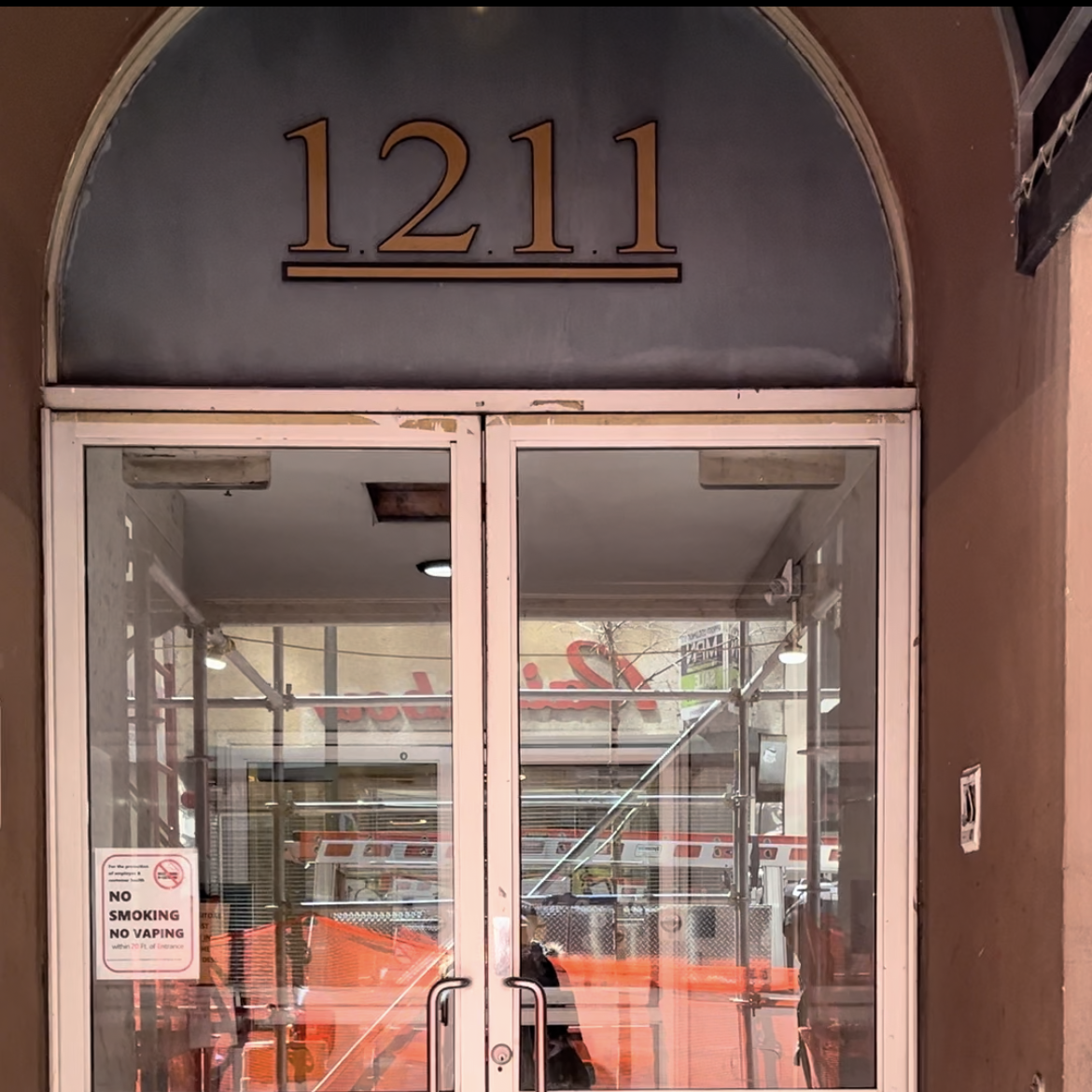CREATING A WORLD FULL OF COLORS
By: Laila Page
COLOURS was founded as a magazine in 1991, as a response to the lack of progressive and educational materials around the conversation of HIV/AIDS.
Founded in 1991 by talented artists and writers of color and impacted by the devastating effects of HIV/AIDS in Philadelphia, COLOURS emerged. Centering on the Black and LGBTQ+ community and noticing a recognizable lack of sexual education and advocacy, these inventive individuals from COLOURS are currently taking action to fill this gap and change the future.

Jaulie “Joy” Chante (She/They), is the health and wellness coordinator at Colours. Their work consists of building community wellness for Philadelphia civilians through group meetings and activities.

“HIV is an issue that has been effecting Queer and Black and brown communities for years now, and disproportionally so. The ways in which HIV shows up in our community is not just a health issue, it’s also a sociological, an economical issue.”
“I support a lot of the programs that we do here with administrative work, like helping to write with regrants, or writing up activities to do or facilitating the actual programs themselves.”
Life on purpose just one of the community building meetings, Chante runs. This group sitting dedicates to help others with social and emotional skills as well as career skills like cover letters and resume workshops for example.

“COLOURS tries to be a safe space for anyone and everyone especially those marginalized groups. We do that by providing our very large community space; a community space that has computers able to be used at any point of the day. Then as far as programs that we have here; we have the Life On Purpose class, we also have a mens support group, were starting up our women support groups, and we have a LGBTQ+ gender inclusive support group called the “Unity Collective.”
“I also think what that means to me,” they add, “it means that everything we do here is incredibly important because even in the little things were just changing lives.”

Elijah Sumners, (He/Him), is also a COLOURS visionary. Sumners is the community engagement manager at the institution.
“We Establish community by first knowing that everyone here is welcome and in a safe space so that they can just be themselves, and outside these walls it’s difficult when everything is against you. Here, we try to make everyone feel like they are apart of something and that they matter here.”
Sumners is responsible for putting community support groups together run by licensed professionals for a open opportunity to feel comfortable to express your feelings, have an open dialogue and intentional conversations.
“We have fun stuff also, so like we do open mic nights, we have Rainbow Reads which is our book club. We try to balance it between the things that are really important stuff that we know they need, and things our community would find fun. We try to strike that balance so that there is something here for everyone.”
“There is a need for Black LBGTQ people to not only have organizations advocating for them but knowing that there are spaces for us in different places. I think it’s important we focus on black and brown communities because the Black LGBT community exists in the margins but also is at the intersections of a lot of oppression. It just makes it a complicated existence so anyway that we can help people navigate through that experience; that’s what we’re here for.”
COLOURS provides an environment where you can access knowledge, will, support, and gain strengths in all areas in your life. The mission of the institution has been executed successfully by helping hundreds of people and has room for one hundred more. COLOURS can be found on 1211 Chestnut St on the ninth floor.


The article provides a compelling examination of the critical issue concerning HIV/AIDS awareness within the LGBTQ community. It offers an in-depth analysis of how the lack of awareness exacerbates the crisis faced by this community. By shedding light on this issue, the author highlights the urgency of addressing the unique challenges and barriers that LGBTQ individuals encounter in accessing HIV/AIDS education and prevention resources.
Furthermore, the article underscores the profound impact of stigma, discrimination, and cultural factors on HIV/AIDS awareness among LGBTQ individuals. It delves into the complexities of navigating healthcare systems and seeking support within a societal landscape that often marginalizes and excludes LGBTQ populations.
Moreover, the article advocates for tailored interventions and targeted outreach efforts that acknowledge the diverse experiences and needs within the LGBTQ community. It emphasizes the importance of fostering inclusive spaces and providing culturally competent care to effectively address the HIV/AIDS epidemic among LGBTQ individuals.
In essence, the article serves as a poignant reminder of the imperative to prioritize LGBTQ-inclusive HIV/AIDS awareness initiatives. It calls for collaborative action from policymakers, healthcare providers, community organizations, and allies to bridge the gaps in awareness and support, ultimately striving towards a more equitable and accessible healthcare landscape for all individuals, regardless of sexual orientation or gender identity.